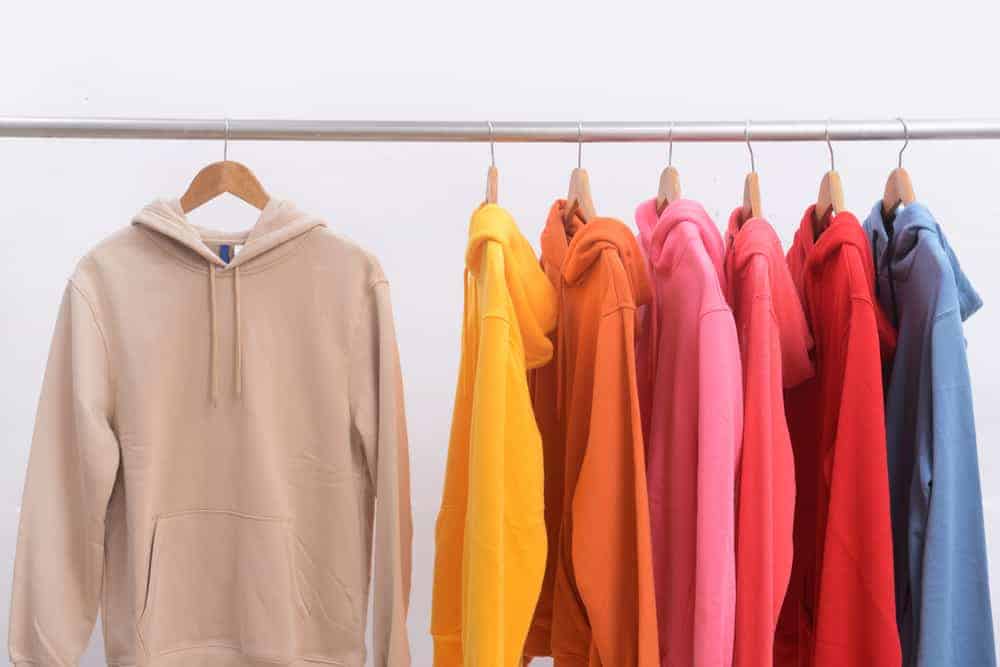Sweatshirts have come a long way from their humble beginnings as drab athletic wear. Some of today's styles are even acceptable to wear at work, provided your office is relatively laid-back. Highly versatile and always in fashion, they're practical and comfortable. Discover the many styles of this wardrobe staple.
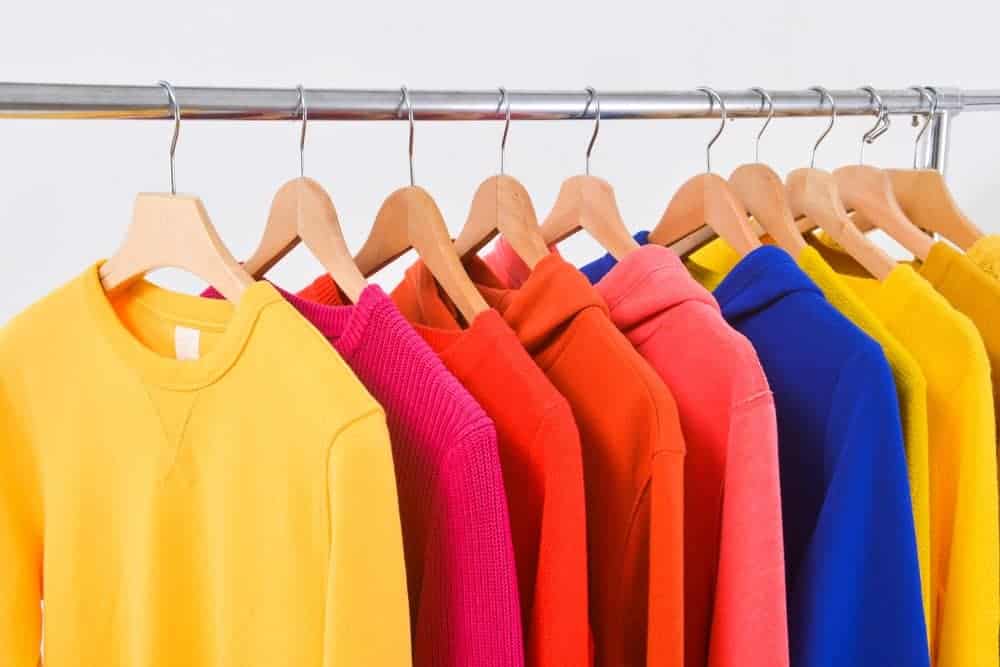
I never wore sweatshirts or gave them much thought until my last year of high school, when I started visiting college campuses. Wherever I toured, I made a point to pick up some school spirit-themed garb. I’m from the Midwest, a place known for its brutal winters, so more often than not, that garb consisted of an oversized hoodie emblazoned with the school’s logo or mascot.
Sweatshirts are more versatile than you might think. They come in a variety of styles. You can dress them up a bit for occasions like a night out with friends. At the same time, they’re perfect for laid-back occasions, since you can easily wear them with jeans and sneakers. Here’s a quick look at the different types of sweatshirts and a breakdown of the differences between sweatshirts, sweaters, and jackets.
Contents
What are the Different Types of Sweatshirts?
Crewneck Sweatshirt

In its simplest, “purest” form, a crew neck sweatshirt consists of a some-what-heavier-than-a-T-shirt long-sleeved shirt with a crew neck, meaning it’s round and collarless. These comfortable, functional shirts are a great source of warmth and are frequently worn by men and women.
Polo Sweatshirt

These are a little less casual than your average sweatshirt, as they have the style elements of a polo, especially in the collar. This variety is most widely available in men’s styles.
Hoodies
This is the typical sweatshirt with a hood, usually with drawstrings attached. Those drawstrings can make all the difference on a windy day when you want to keep the hood securely on your head. Made for men and women, hoodies come in pullover and zipper varieties. They’re typically made of polyester or cotton. Many of these also have a “kangaroo pocket” to keep your hands warm.
But there’s no one set style for a hooded sweatshirt. Hoodies come in several types.
Fitted

This style is more common for women, although there are men’s sweatshirts that have a fitted look too; some guys like to wear them at the gym.
Pullover
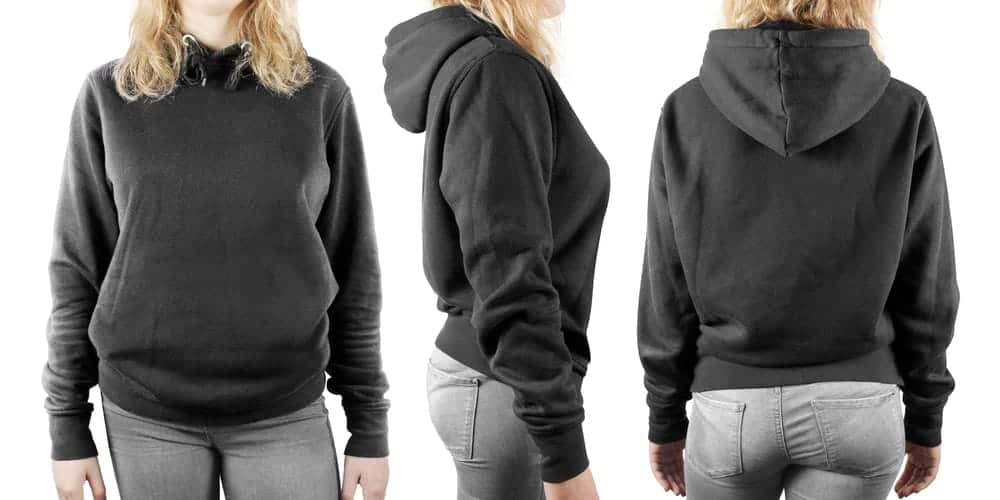
A pullover hoodie is just what it sounds like, one you put on by pulling it over your head. These are pretty basic. They’re good for layering over another shirt when it’s not quite cool enough for a jacket but not warm enough to wear a T-shirt without an extra layer of clothing to keep you warm.
Athletic

Designed for men and women, these are typically lightweight and great for keeping warm when you’re running outside. But they also work in the air-conditioned environs of the gym. If you’re planning on running at night, look for a hoodie that has bright, reflective colors on it so you’re visible to motorists. What’s great about this kind of athletic wear is it is often waterproof and has quick-drying properties.
Mock Neck

This is a more modern take on the traditional turtleneck. The top consists of two layers of material that are stitched together. Lower than classic turtlenecks, mock necks are less constraining. Plus, they’re versatile enough for cold weather, but you can wear them in warmer conditions too. You may sometimes find mock necks on short-sleeved and even sleeveless shirts.
Zippered

You can get a zippered hoodie that zips up and down from neck to waist, or one with a zipper that only extends halfway down the front. The full-length zippered kind is easier to get in and out of. The types that zip only partially are more like pullover hoodies. If you wear a sweatshirt with a zipper, you’ll probably want to wear an undershirt or T-shirt underneath so you don’t feel the cold metal on your skin.
Fleece

These are super-warm and you can get them either as solid fleece (inside and out) or with just a fleece lining. Some of the women’s fleece styles look like conventional hooded sweatshirts, while others are more of a tunic style that pairs well with jeans. Their robe-like feel makes them ultra-comfortable.
Baja

These originated in Mexico about half a century ago. (You can also call them Mexican thread hoodies). They come in cool styles for men and women. They’re usually made of coarse wool, known as jerga. But they can be made from other materials too, as some are sewn from old T-shirts.
One thing people really like about Baja sweatshirts is that they are super soft. These are usually characterized by a single pocket in the front and vents on the side. The drawstrings are flat.
The hoods frequently have horizontal stripes, while the rest of the garment has vertical ones. (Not all Baja are styled this way). Some people argue that these should be considered jackets rather than sweatshirts. We’ll let you decide.
Designer
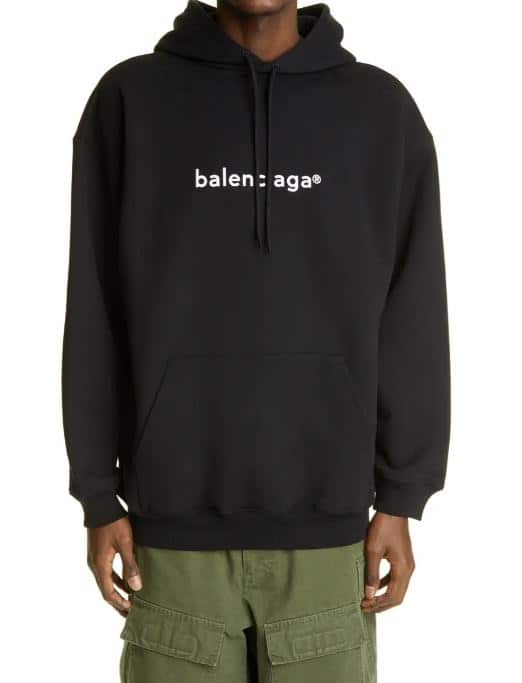
Source: Nordstrom
These are high-end and are therefore usually meant to be a dressy take on sweet wear. They look a lot more stylish than traditional sweatshirts and come with the price tag to prove it. You can find them at high-price-tag retailers known for selling chic brands. Designer styles are available for both men and women.
Knitted

These are what I call a “sweater-esque” take on your typical hoody. They look a little classier than your average plain sweatshirt but still definitely qualify as casual wear. If you like your shirts a little oversized for extra comfort, you can find loose-fitting knitted hoodies. If you prefer something that better conforms to the contours of your body, you can find knitted fitted shirts too.
Short-Sleeved and Sleeveless

While most hoodies are long-sleeved, you can get some with shorter sleeves (three-quartsrs or half-length). These are great for layering when you need a little extra insulation around your core but not your arms. I wear my short-sleeved hoodie either by itself or, in cool weather, with a long-sleeved shirt underneath.

There are sleeveless hoodies too. They’re a lot like tank tops or jerseys, but with a hood. These are good for the gym or for layering. Sleeveless hoodies are available for men and women.
Button-Up

Admittedly, these may be considered sweaters because they’re usually knitted and have buttons like a cardigan. But when you put a hood on it, things can get confusing. Since it’s more casual than the conventional cardigan, we’ll just call it a button-up (or down) hoodie. You can often find these in flannel, too, which is more commonly marketed as a men’s style.
Tunic

This is a women’s style that adds a bit of elegance to an outfit. It’s long and somewhat form-fitting. Tunics are good for occasions where you might want to wear something a bit more formal than a T-shirt or conventional sweatshirt.
The Backstory on How the Sweatshirt Came to Be
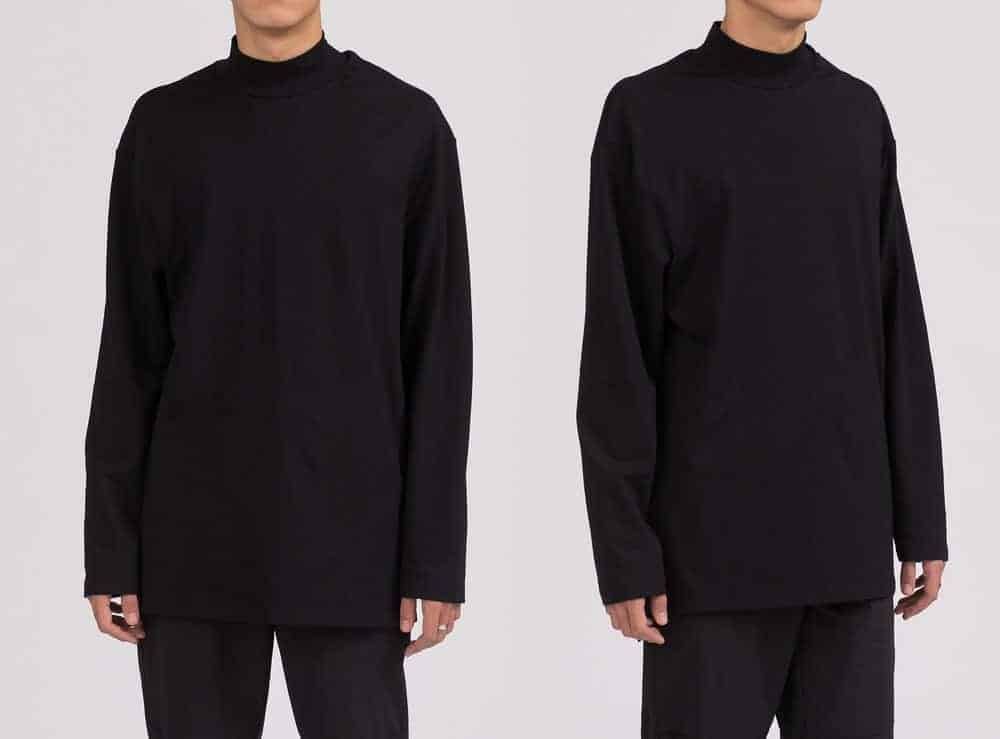
Sweatshirts are a fairly modern concept, compared to other types of clothing. The word “sweatshirt” goes back to 1925. Back then, the garb was designed as sportswear for athletes. Sweatshirts both induced and absorbed sweat, so they were ideal for workouts. The first garments of this type were long-sleeved, gray pullovers woven from sweatshirt fleece, a warm type of cotton. While not necessarily a fashion statement, they served their purpose well.
As might be expected, the sweatshirt eventually evolved into the zip-up hoodie. Football players wore them on the sidelines. Similarly-made athletic pants (sweatpants) soon made their way into the market, helped by people’s penchant for jogging that had become a well-established trend by the 1970s. Soon, sweatshirts and tracksuits became more versatile. Shirts had short and long sleeves, and some athletic outfits even included sweatskirts.
It wasn’t long before the potential of the sweatshirt to be used as a marketing tool caught on., and universities began selling school pride wear. Colleges could advertise the garb to get their name out there, and students and their families could show off their school colors.
The “sweatshirt craze” gained more momentum in the 1870s and 1980s with the increased popularity of extreme sports and the emergence of subcultures like the hip-hop movement. Surfers sported the clothing to provide the warmth they needed after emerging from chilly ocean waves to dry off on the sand.
Throughout the late 1980s and early ’90s, skateboarding became a “thing.” Skaters typically wore outfits consisting of hoodies and baggy cargo pants or shorts. Clothing labels caught onto this and began designing sweatshirts to cater to extreme-sport athletes, and the teens and young adults who wanted to emulate them. Suburban youth who wanted to adopt the “skater look” could now easily do so, even if they lacked the skateboarding skills to go with the clothes.
The late ’70s also saw the advent of hip-hop. Members of this group would don sweatshirts printed with rap artists’ names, graffiti, and the replicas of murals painted by members of the subculture. Ultimately, sweatshirts became an affordable, easy-to-come-by means of self-expression.
What Makes a Sweater a Sweater and Not a Sweatshirt?

Sweatshirts usually give off an athletic vibe, while sweaters are more formal. Sweatshirts are versatile enough to be super casual, but you can also class them up for special occasions that aren’t ultra-formal. Sweaters can sometimes qualify as business casual, especially for events like the office Christmas party.
Even when it’s appropriate to wear something tacky, the get-together is most often referred to as an “Ugly Sweater Party” rather than an “Ugly Sweatshirt Party,” although un-stylish sweatshirts and T-shirts may be allowed.
Button-down sweaters, also known as cardigans, are even more formal than traditional sweaters. These can be worn at work and are frequently a component of private school uniforms or other styles of dress considered “preppy.”
Often, it’s easy to associate sweaters with scratchy wool, giving them a feel that stands in sharp contrast to comfy sweatshirts. But not all sweaters share this undesirable characteristic. Those made from merino wool, for instance, are just as comfortable as soft sweatshirts.
What’s the Difference Between a Sweatshirt and a Jacket?
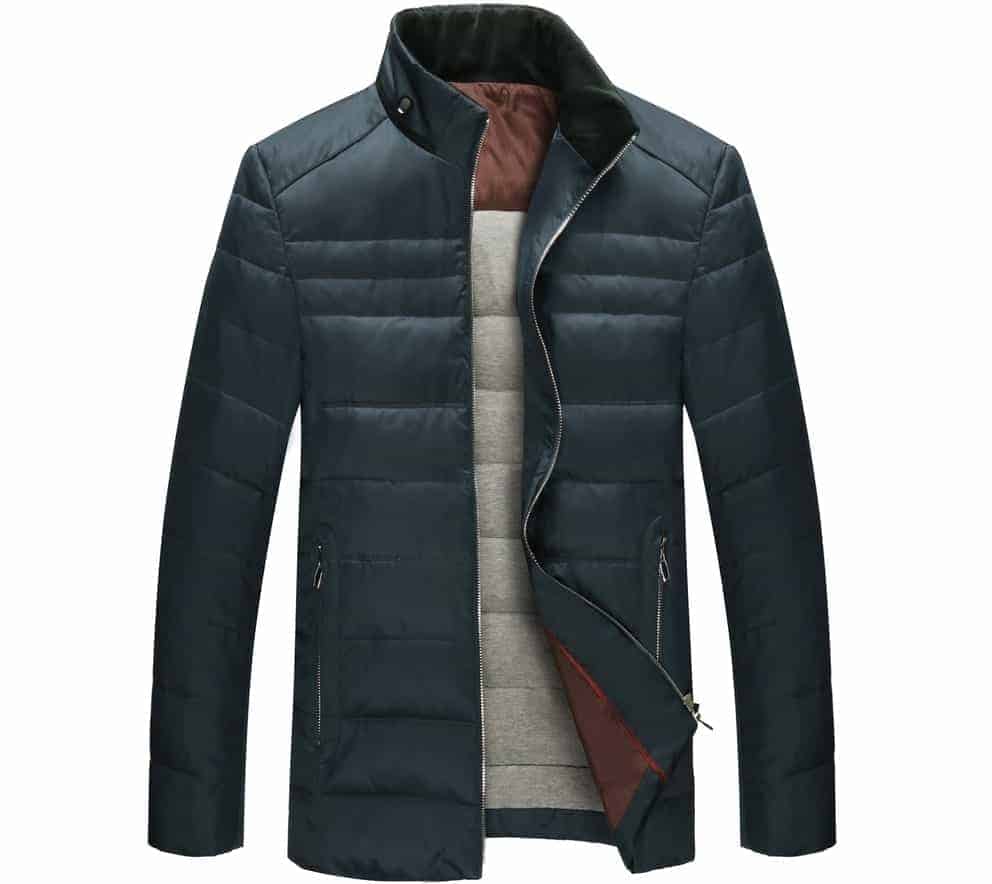
This can be a little harder to define, as heavy sweatshirts and hoodies can serve the same purpose as jackets. Jackets are worn over clothes in most cases, while sweatshirts are usually part of an outfit and worn under a jacket. Jackets are made of different materials than sweat wear too. Most frequently-used materials to make jackets are:
- Denim
- Suede
- Tweed
- Fleece
- Leather
- Cotton
Most of these materials are not used in sweatshirts. Additionally, jackets usually have more pockets, often with zippers, buttons, or clasps. While they’re generally worn to keep you warm, jackets can also make a fashion statement. Formal jackets are more dressy than the most “formal” sweatshirts.
When worn for protection against the cold, certain types of jackets almost always provide more insulation than sweatshirts. (Think leather jacket or bomber jacket).
Sweatshirt Care Tips
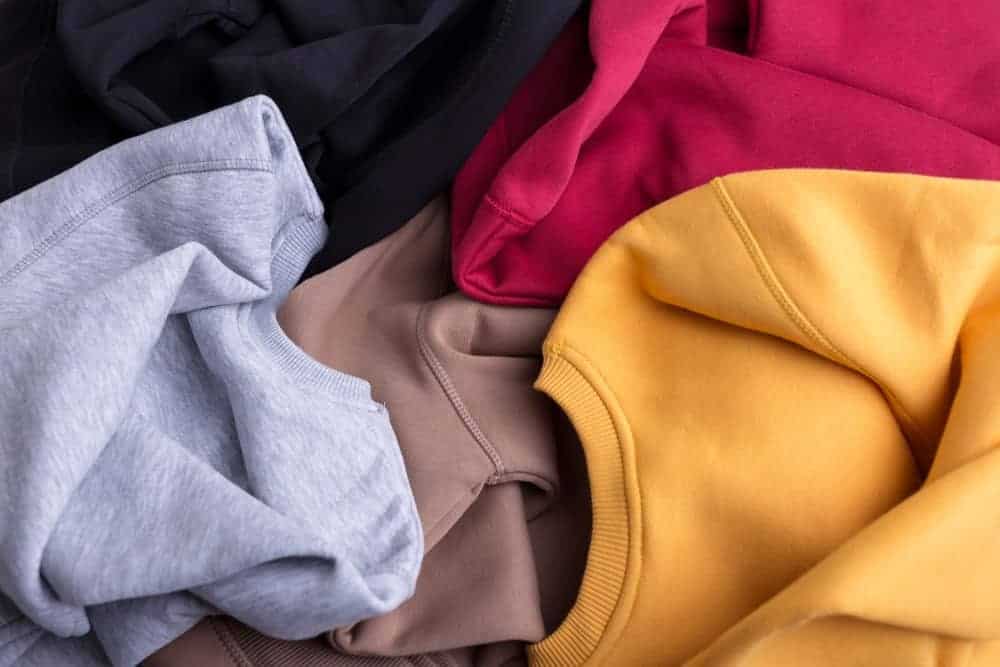
Years ago I had a pair of Capri pants made out of sweatshirt material. They had some lettering on the sides and closed with a drawstring. They were super soft and extremely comfortable. But unfortunately, after a few washes, they started falling apart.
I had no clue how to preserve them, so it wasn’t long before I took scissors to them to put them in my rag pile. Eventually, I discarded the sweatpants scraps altogether. Here are some sweatshirt care tips so you can hopefully avoid having the same thing happen to you.
Try to Wear it a Few Times Before Washing
This is not advisable in all situations. If you wear sweatshirts for running or workouts, kindly launder them after each use. Others in your household and at the gym will appreciate it. If, on the other hand, you’re just wearing an oversized hoodie around the house and it doesn’t get too dirty, go ahead and wear it a few times before tossing it in the wash. This will help preserve the fabric, which is otherwise pretty low-maintenance.
Spot-Treat Stains Right Away
If you spill something on your sweatshirt, spot-treat it as soon as possible. If you know what caused the spot, try to avoid recurrences.
- Rinse the stained area under lukewarm water.
- Pour some white vinegar on the spot to loosen it. You don’t need to use it a lot.
- Give the vinegar an hour to really soak in. Then, machine wash the sweatshirt on the “cold” cycle.
- When it’s done, check the shirt to see if your stain-removal effort was a success. if the spot is still there, dab it with hydrogen peroxide. If it bubbles, you’ll know its chemicals are reacting to the spot.
- Let it sit for 10-15 minutes and rinse with lukewarm water.
What Not To Do
Avoid using hot water, as it will cause the stain to set and can shrink your shirt. Likewise, if you have a stain, don’t throw the garment in your laundry pile and expect the spot to come out if you wash it a day or two later. You should treat spots as soon as they happen or as soon as you see them.
Shrink It If It’s Too Big
If you have a sweatshirt that you absolutely love but it’s bigger than you’d like, you can shrink it. First, wash the garment at the maximum temperature possible. Then, put it in the dryer on high heat until it’s completely dry.
If It’s Too Small, Enlarge It a Bit
If you followed the previous steps and ended up with a sweatshirt smaller than you intended, you can undo some of the shrinkages. Here’s what you can do.
- Fully submerge the sweatshirt in a bucket or sink full of lukewarm water. Add some fabric softener.
- Let it soak for 30 minutes to an hour.
- Drain the sink or empty the bucket and refill it with cool water so you can rinse out the fabric softener. Submerge the shirt, then wring out as much water as possible.
- Place the sweatshirt on some towels to absorb more of the water. As you lay it out, stretch it to try to make it longer.
- Let the shirt air-dry.
Years ago I used this technique with a T-shirt. Happily, it worked.
What Types of Materials are Sweatshirts Made From?

Sweatshirts can be made of a number of different materials, many of which are synthetics. Here’s a list of the most oft-used sweatshirt fabrics.
- Polyester/spandex
- Polyester/acrylic/cotton (polyester blend)
- Fleece
- French terry
- Cotton polyester fleece
- Cotton polyester
- Cotton polyamide
- Cotton (organic or otherwise)
FAQs
What is French terry?
If you read the list of sweatshirt materials, you may be wondering what French terry is. It’s a knit fabric that is popular for sweat wear because of its soft, plush feel. Consisting of soft piles of yarn on one side and loops on the other, it has an especially casual look and feel, meant for lounging around the house. It’s lighter than typical heavyweight sweatshirts but heavier than most T-shirts.
What is organic cotton?
Organic cotton is grown using processes that have minimal impact on the environment. It’s cultivated in ways that keep the soil as fertile as possible, without the use of pesticides, synthetic fertilizers, or genetically-modified seeds. To be certified as organic, growers have to meet strict standards to ensure their product is safe for ecosystems and local communities.
What is merino wool?
This type of fabric is so named because it comes from merino sheep. This type of wool has several advantages over other materials. It’s biodegradable, making it eco-friendly. It absorbs sweat, keeping you cool and dry when it’s hot. In cold weather, it keeps heat close to your body. Depending on how it’s treated in clothing, it can offer some protection from UV rays, too.
Can you really wear sweatshirts in the summer?
Yes. In some climates, even when the days are hot, the nights can get a little chilly. So having some warmer garb on hand is never a bad idea. In hot climates, some public places try to compensate for the torrid temperatures outside by cranking up the air conditioning to Arctic levels. Here, too, it’s good to have something warm to wear to counteract the blast of frigid air.
For summer though, wool and cashmere can make you overheat, so stick to lighter materials — and colors, in keeping with the warm-weather trend. You can always tie the shirt around your waist or drape it over your shoulders so it’s close at hand when you need it.



